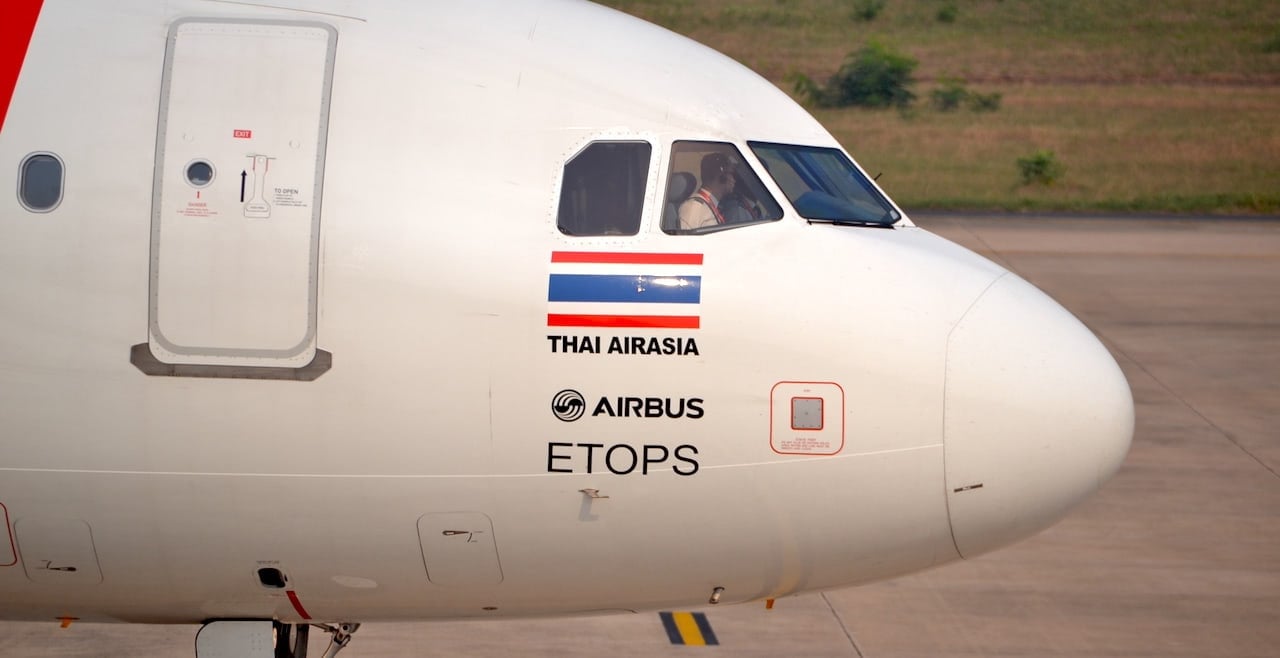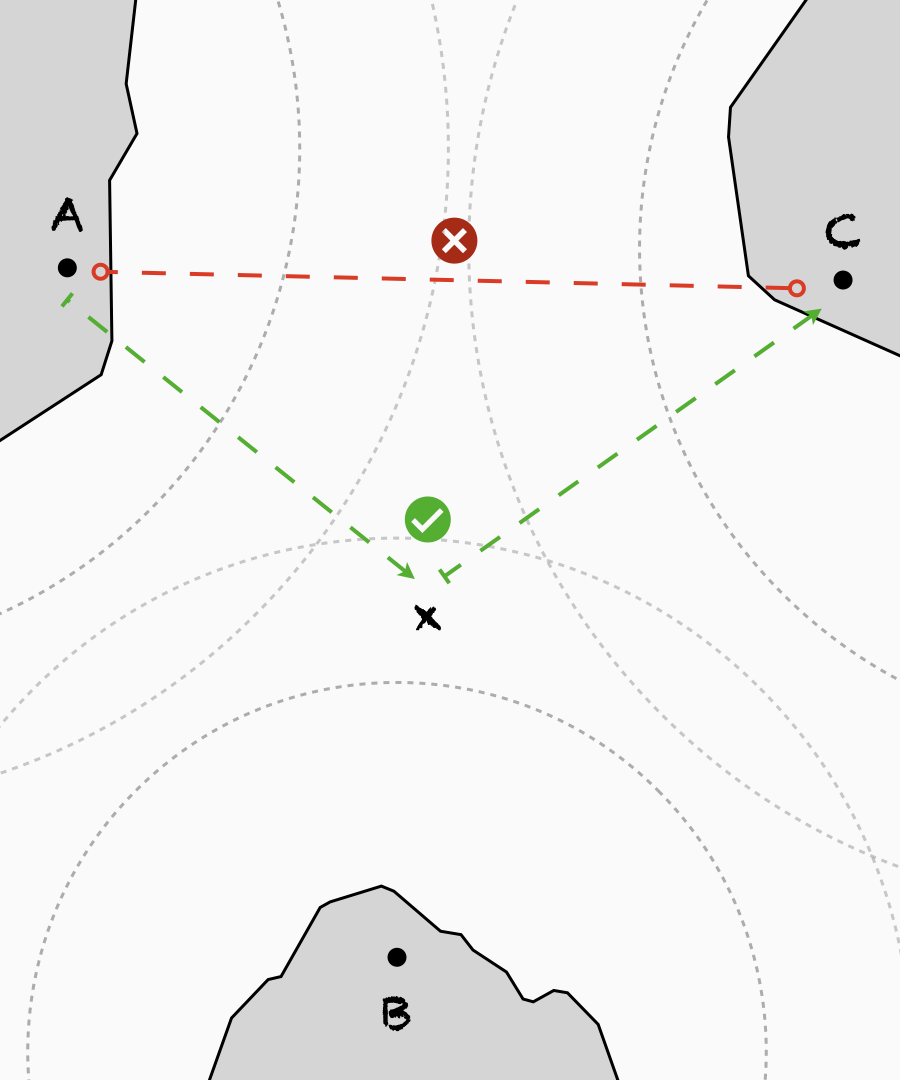In 1953, the FAA established that a twin engine aeroplane was able to fly for 60 minutes if it lost an engine. It was, therefore, possible, from then on, to create a simple rule when planning flights: the route to be followed would not be further than 60 minutes away from an appropriate airport.
In the USA, this rule was always easy to keep as there are a great number of airports in existence, however, what about the most isolated areas in which there aren’t enough?
Even though this rule was extended to 180 minutes for aeroplanes equipped with three and four turbines, it wasn´t enough.
This is why, in 1985, the first ETOPS certification was given to a twin engine, specifically to a Boeing 767-200, belonging to the North American TWA, now extinct.
At present, ETOPS certification is not limited to twin engines, so the term was modified to Extended Operations (general extended operations).





